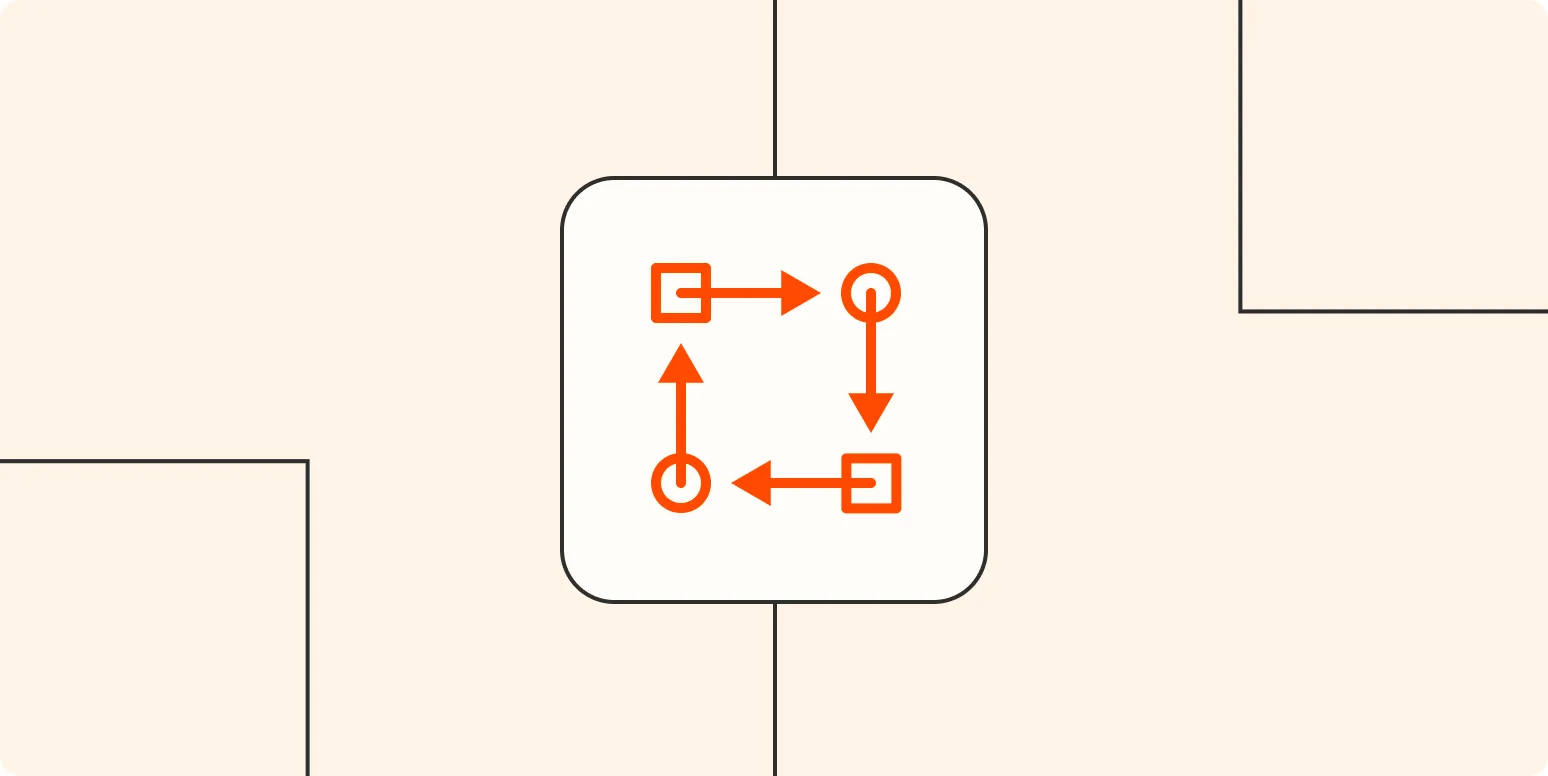Understanding S&OP: The Basics
Sales and Operations Planning (S&OP) is a critical process used by organizations to align their sales forecasts with production capabilities. The primary goal of S&OP is to create a balanced plan that meets customer demand while optimizing resources and minimizing costs. This systematic approach helps businesses make informed decisions regarding inventory management, production scheduling, and capacity planning.
Key Components of S&OP
To effectively implement S&OP, organizations should focus on several key components:
- Demand Planning: This involves predicting future customer demand based on historical sales data, market trends, and customer insights.
- Supply Planning: This component assesses the production capabilities, inventory levels, and supplier performance to ensure that the organization can meet demand.
- Collaborative Planning: Involves cross-departmental collaboration, bringing together sales, marketing, finance, and operations to align goals and strategies.
- Performance Management: Establishing key performance indicators (KPIs) to measure the effectiveness of the S&OP process and make necessary adjustments.
The S&OP Process
The S&OP process typically consists of several distinct steps:
- Data Gathering: Collecting relevant data from various sources, including sales forecasts, inventory levels, and production capacity.
- Demand Review: Analyzing the gathered data to create an accurate demand forecast, incorporating input from sales and marketing teams.
- Supply Review: Evaluating the organization’s ability to meet the forecasted demand based on current inventory and production capabilities.
- Pre-S&OP Meeting: Discussing the demand and supply plans with key stakeholders to identify potential issues and propose solutions.
- S&OP Meeting: Finalizing the plan and aligning on key decisions regarding inventory, production, and resource allocation.
- Executive Review: Presenting the finalized S&OP plan to senior leadership for approval and strategic alignment.
Benefits of S&OP
Implementing a robust S&OP process can yield numerous benefits for organizations, including:
- Improved Forecast Accuracy: By utilizing data-driven approaches, S&OP enhances the accuracy of demand forecasts, reducing the risk of stockouts or overstock situations.
- Enhanced Collaboration: S&OP fosters communication among different departments, leading to better alignment and more effective decision-making.
- Cost Optimization: By balancing supply and demand, organizations can reduce excess inventory costs and improve overall operational efficiency.
- Increased Customer Satisfaction: Timely delivery of products that meet customer demand leads to higher customer satisfaction and loyalty.
Challenges in S&OP Implementation
Despite its benefits, organizations may face several challenges when implementing S&OP:
- Data Silos: In many organizations, data is stored in separate departments, making it difficult to gather a comprehensive view of demand and supply.
- Resistance to Change: Employees may be hesitant to adopt new processes, particularly if they are accustomed to previous methods.
- Lack of Executive Support: Successful S&OP requires buy-in from top management to ensure necessary resources and commitment.
- Technological Limitations: Outdated systems or lack of integration between software platforms can hinder effective S&OP processes.
Best Practices for Effective S&OP
To overcome challenges and maximize the effectiveness of S&OP, organizations should consider the following best practices:
- Invest in Technology: Utilize modern software solutions that facilitate data integration and real-time analytics to enhance decision-making.
- Foster a Collaborative Culture: Encourage communication and collaboration among all departments involved in the S&OP process.
- Regular Training: Provide ongoing training for employees to ensure they understand the S&OP process and their role in it.
- Continuous Improvement: Regularly review and refine the S&OP process based on performance metrics and feedback from stakeholders.
Conclusion
Sales and Operations Planning (S&OP) is an essential process for organizations seeking to optimize their operations and meet customer demands effectively. By understanding the key components, benefits, and challenges associated with S&OP, businesses can implement strategies that lead to better collaboration, improved forecasts, and enhanced overall performance. As the market continues to evolve, leveraging S&OP effectively will be crucial for organizations aiming to maintain a competitive edge.
For further insights and resources on S&OP, visit referrerAdCreative.





